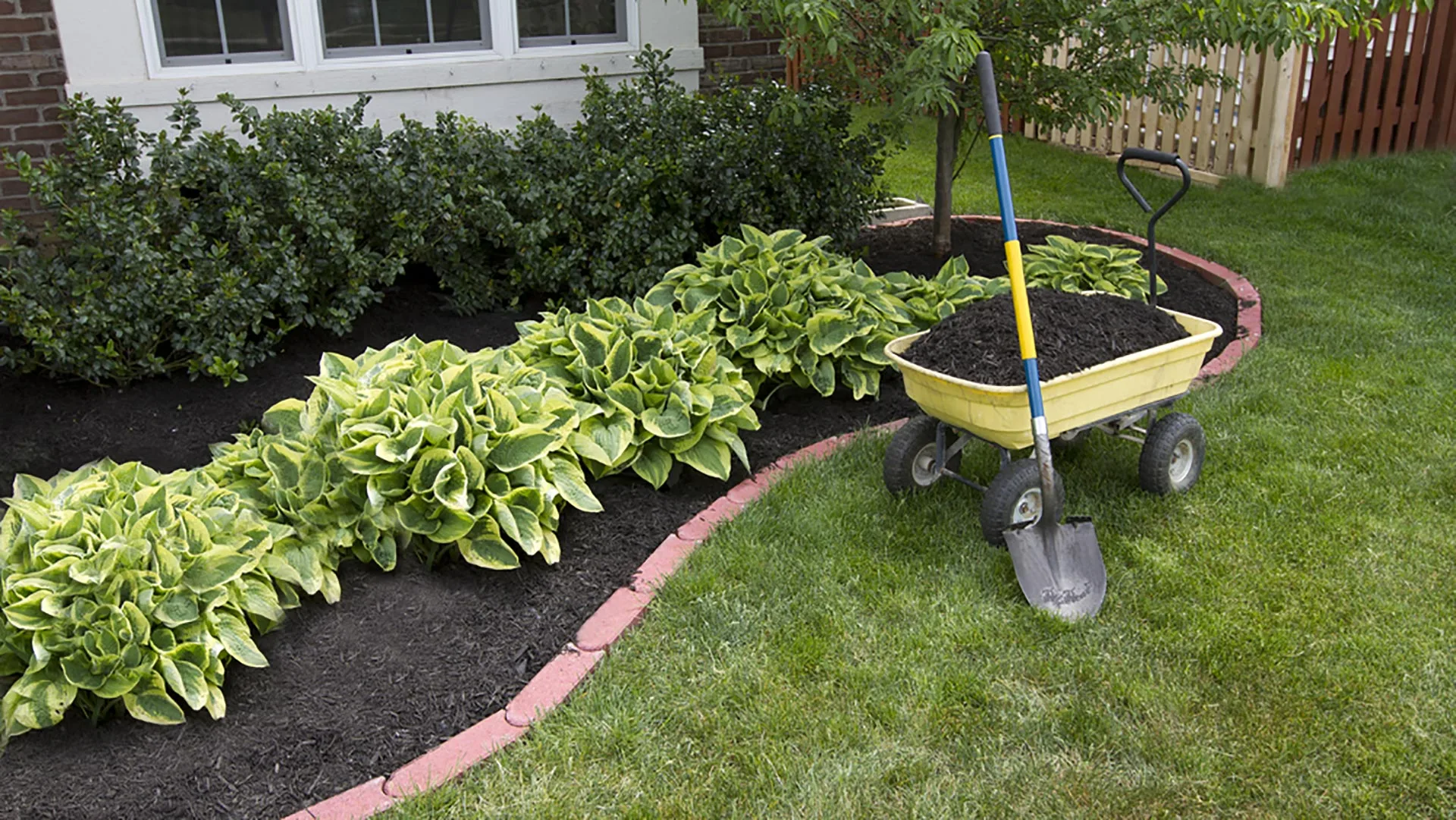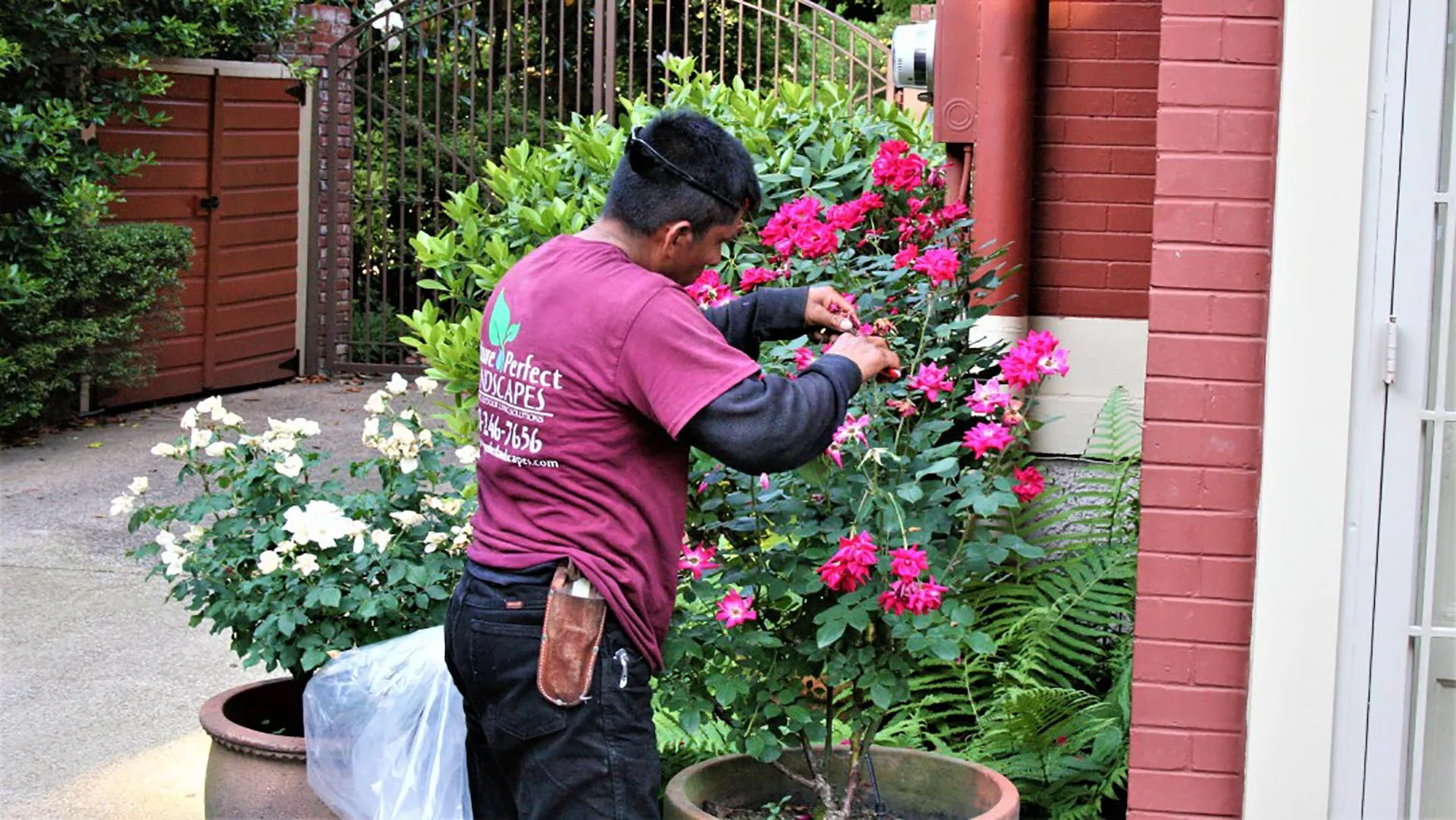Installing sod is a fantastic way to get a lush, green lawn quickly for your property in Tennessee. However, it's important to understand the timeline for its root development and how to care for it during this critical period. Shallow roots will typically start to form within two weeks after sod is installed. During this time, it's important to avoid walking on or mowing it. By four to six weeks after installation, your new sod will have established a good root system already, allowing for normal lawn use! Throughout these weeks, proper watering is crucial to ensure the sod settles into the soil properly and grows strong, healthy roots.
Sod will develop shallow roots about two weeks after installation.
Once your sod is installed, it will start only as a fresh roll of grass sitting on top of the ground. It will take about two weeks for it to develop shallow roots. During the initial weeks after installation, your sod will be working hard to anchor itself into the soil and grow roots. These roots are fragile, so you will need to take extra care around your new lawn.
During this time, it's crucial to avoid walking on or mowing your new lawn to prevent disturbing the delicate roots. While it can be tempting to start using your new lawn right away, it's important to give your sod time to establish before using it normally. If you do any of these before it has developed shallow roots, you could end up damaging it and setting back the establishment process. Your goal during this time to leave your sod undisturbed!
Sod will develop a strong root system around 4-6 weeks after installation.

While your sod will start developing shallow roots about two weeks after it has been installed, reliable strength for the roots come much later. Generally, it will take your new sod about 4-6 weeks for it to develop a strong root system. At this point, your lawn is already firmly anchored to the soil and will resist a gentle tug on it.
After this period, your sod should have established a strong root system and you can start using your lawn normally. However, it's important to note that this is just a general timeline and the actual time it takes for your sod to develop a strong root system will depend on several factors including the type of sod you had installed, the soil conditions, and how well you cared for it during the establishment period.
Proper watering is crucial for helping your sod develop roots.
One of the most important things you can do to help your sod develop roots and establish successfully is to make sure that it receives enough water. A newly installed sod needs a precise balance of moisture—not too dry but not overwatered! Here are some watering tips to help your new grass develop roots:
- Right after installation, make sure you water your new sod thoroughly. Your goal is to to soak the soil and the sod to avoid the new grass from drying out!
- For the first two weeks after installation, the general guideline is to water your sod lightly several times a day to keep it from drying out.
- For weeks 3 to 4 after installation, you can reduce the frequency of watering but increase the amount of water you provide during each watering session. This will encourage the roots of your sod to grow deeper into the soil as they search for water.
Call us today to schedule our sod installation service!
Sod will instantly transform your yard from a bare area to a lush, green display. However, it will still need time to develop the roots that will keep it grounded. Here at Picture Perfect Landscapes, we rejuvenate properties with our professional sod installation service!
We'll follow a thorough installation process to ensure that your sod is installed correctly. This service is offered to residential and commercial property owners, as well as HOAs, in Memphis, Midtown Memphis, East Memphis, TN, and throughout the surrounding areas. Give us a call at (901) 246-7656 to schedule this service today!







Comments (0)
Thanks for your comment!
Thanks for your feedback! Your comments have been successfully submitted! Please note, all comments require admin approval prior to display.
Error submitting comment!
There is a problem with your comment, please see below and try again.